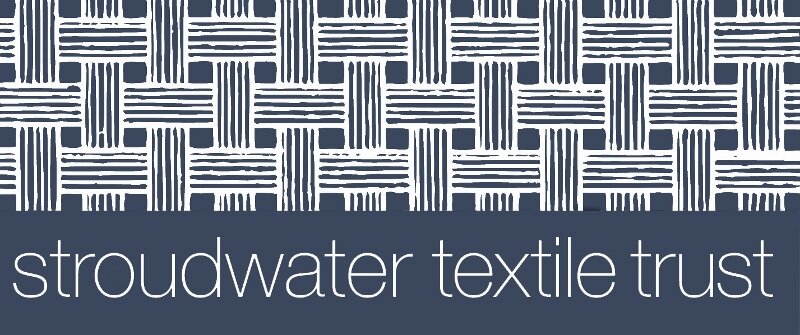Woodlands Mill
Bought in 1902 by David Humphreys from Northcoat & Cartwright and extended during the period 1902 to 1920 by Messrs Poulton and Son, Slad Road, part of this mill is 200 years old. David Humphreys sold it in 1925, and the old building collapsed in 1930 - fortunately empty at the time. Trevelyan Humphreys joined his father in 1914 and remained in the business until 1925. The main cloths manufactured were all wool tweeds and saxonies that were sold in London, Europe, and the USA. [Information By T Humphreys (1969).] See also the article below from British history online, with more detail at https://www.british-history.ac.uk/vch/glos/vol11/pp70-79#highlight-first
Peghouse Mill, later called Woodlands Mill, was 400 yards downstream of Wade’s Mill. It was owned in 1608 by Samuel Hopson, who conveyed it in 1630 to Giles Davis, mercer of Stroud (d. 1639). Giles’s infant son, Thomas, inherited the mill, described as a fulling- and grain-mill. In 1678, John Gardner was recorded at the mill, but it was still owned by Thomas Davis in 1713 when he conveyed it to his son, Thomas. The younger Thomas conveyed it in 1721 to William Aldridge of Stroud, clothier, from whose heirs it was acquired in 1730 by John Cripps. In 1739, Cripps sold out to his mortgagee Daniel Fowler of Minchinhampton, mercer (d. 1740), who left it in trust for his son Joseph (d. 1764) who devised it to his brother Richard and sisters Mary and Elizabeth. Benjamin Pitt was making cloth at Peghouse Mill in 1767, and for a time had a dyeing business there in partnership with John Parish. Mary Fowler (d. 1793 or 1794) survived her brother and sister, and devised the mill to her nephew, Thomas Whitehead. Thomas contracted to sell the mill to Thomas Hodges, clothier, and the sale was completed in 1798 by Richard Whitehead, Thomas’s brother and devisee. Hodges apparently leased the mill, or part of it, to Robert Gordon, who was declared bankrupt in 1804. In 1814 Hodges sold the mill to Nathan Driver the younger, who was declared bankrupt in 1827, the mill passing in the following year to his chief creditors, some London bankers, who leased it to N S Marling for 10 years from 1831. Marling worked the mill, which had been partially rebuilt in 1823 and was powered by steam and water, in conjunction with Vatch and Upper Vatch Mills in Stroud, using Peghouse solely for fulling. In 1846, the mill was sold to Eli James, a rope-maker, who sold it to Richard Barton, silkthrowster, in 1857. Barton mortgaged the mill to James, who later regained possession and sold it in 1864 to George Rowland and William Davis; they sold the following year to John Libby of New Mill, Stroud. In 1885, the mill was being worked by Northcott, Cartwright & Co, woollen manufacturers, who were succeeded there in 1902 by Humphreys & Co, who continued to produce cloth at the mill until c. 1925. Part of the mill was used as a ropeyard in the mid-19th century, worked by the firm of James and Brookes. The mill buildings were mostly demolished soon after the mill closed, but some early-20th century brick buildings remained in 1972. The site was occupied from 1958 by Danarm Ltd, manufacturers of chain saws and components, who employed c.65 people in 1972.

